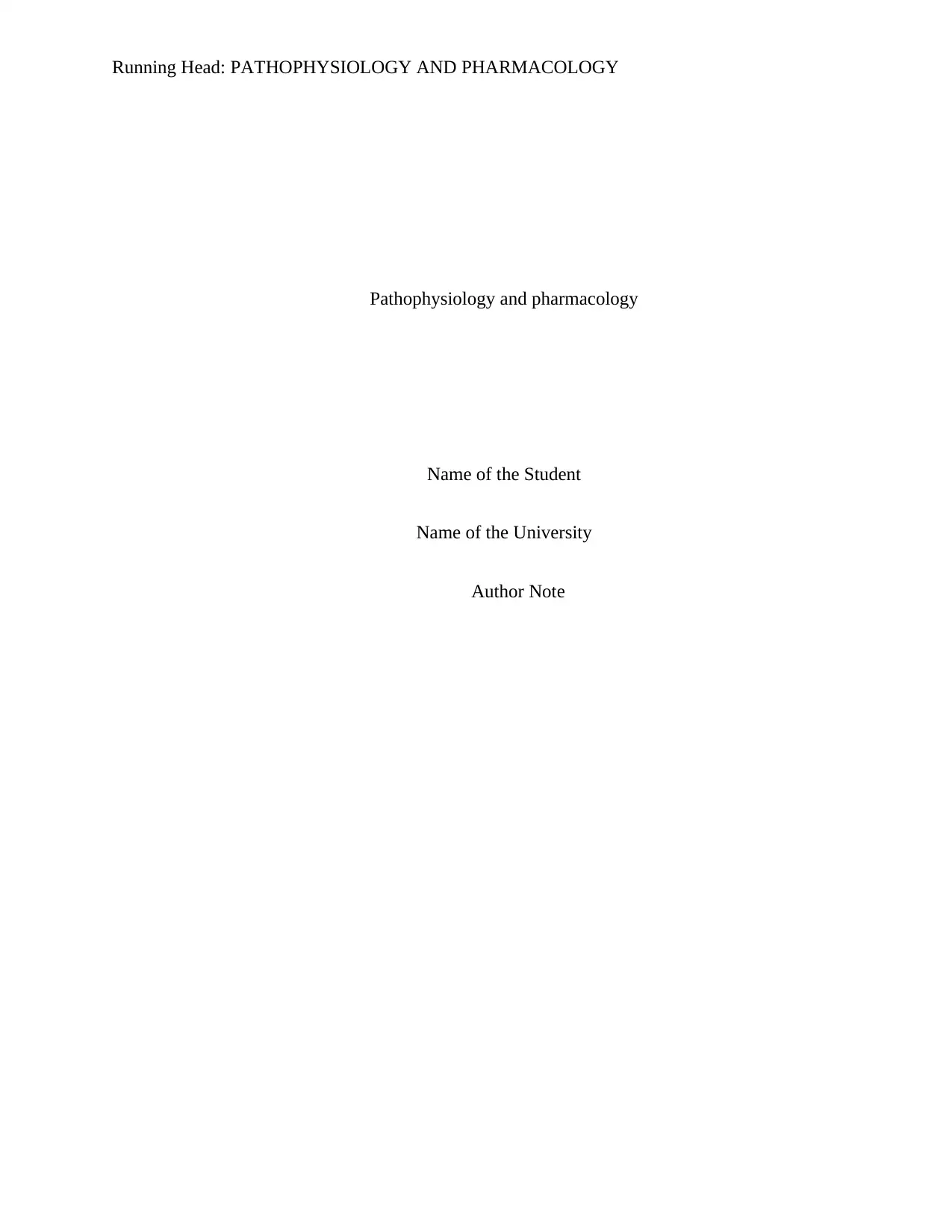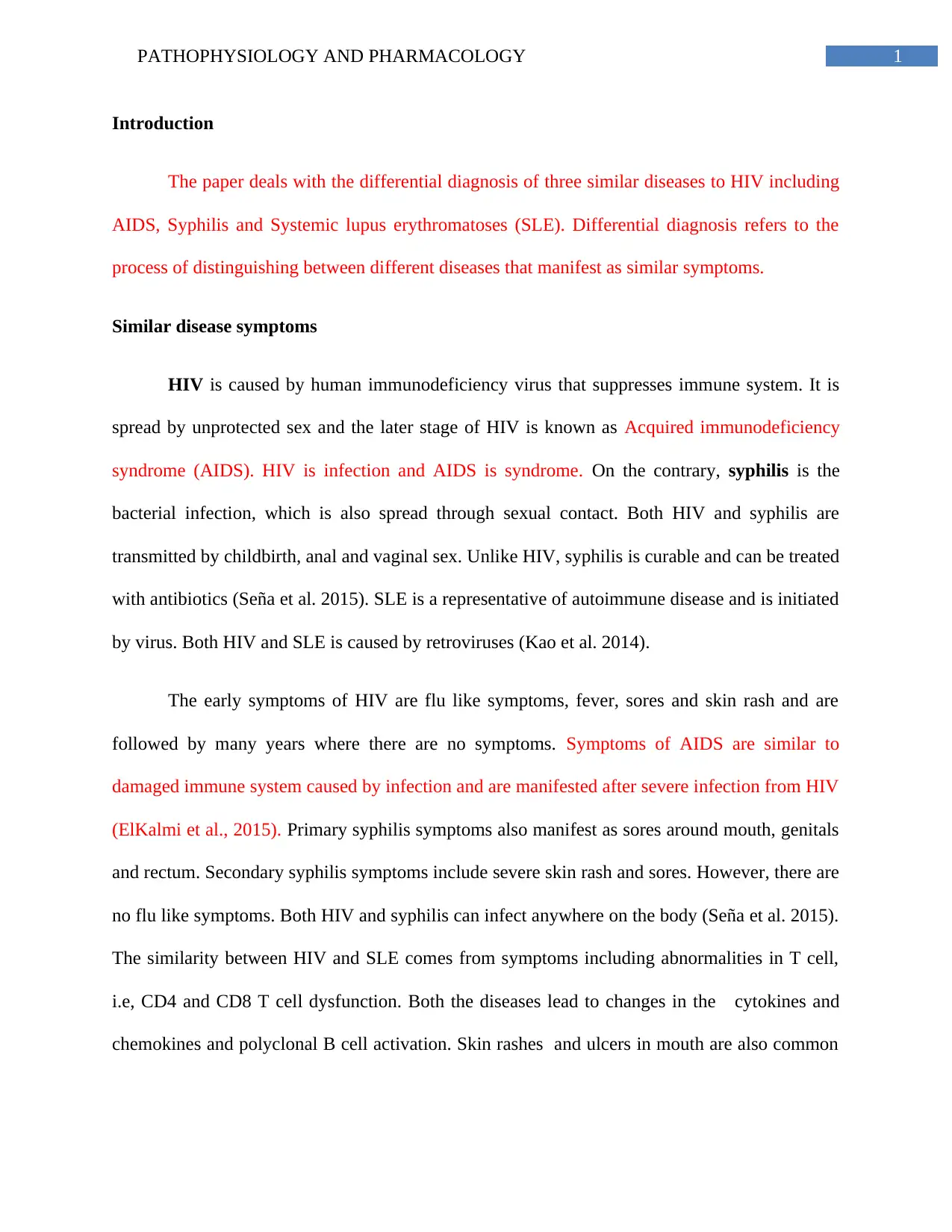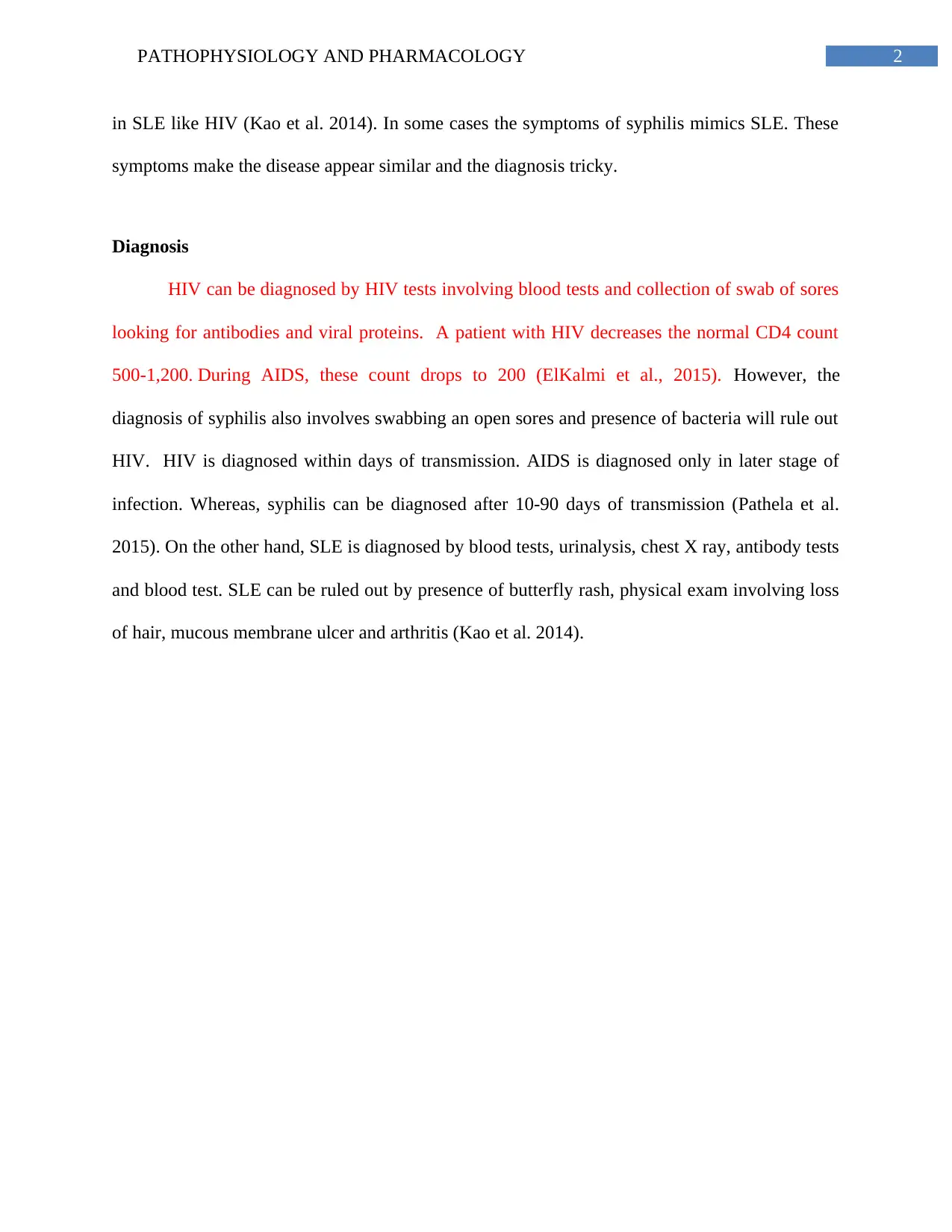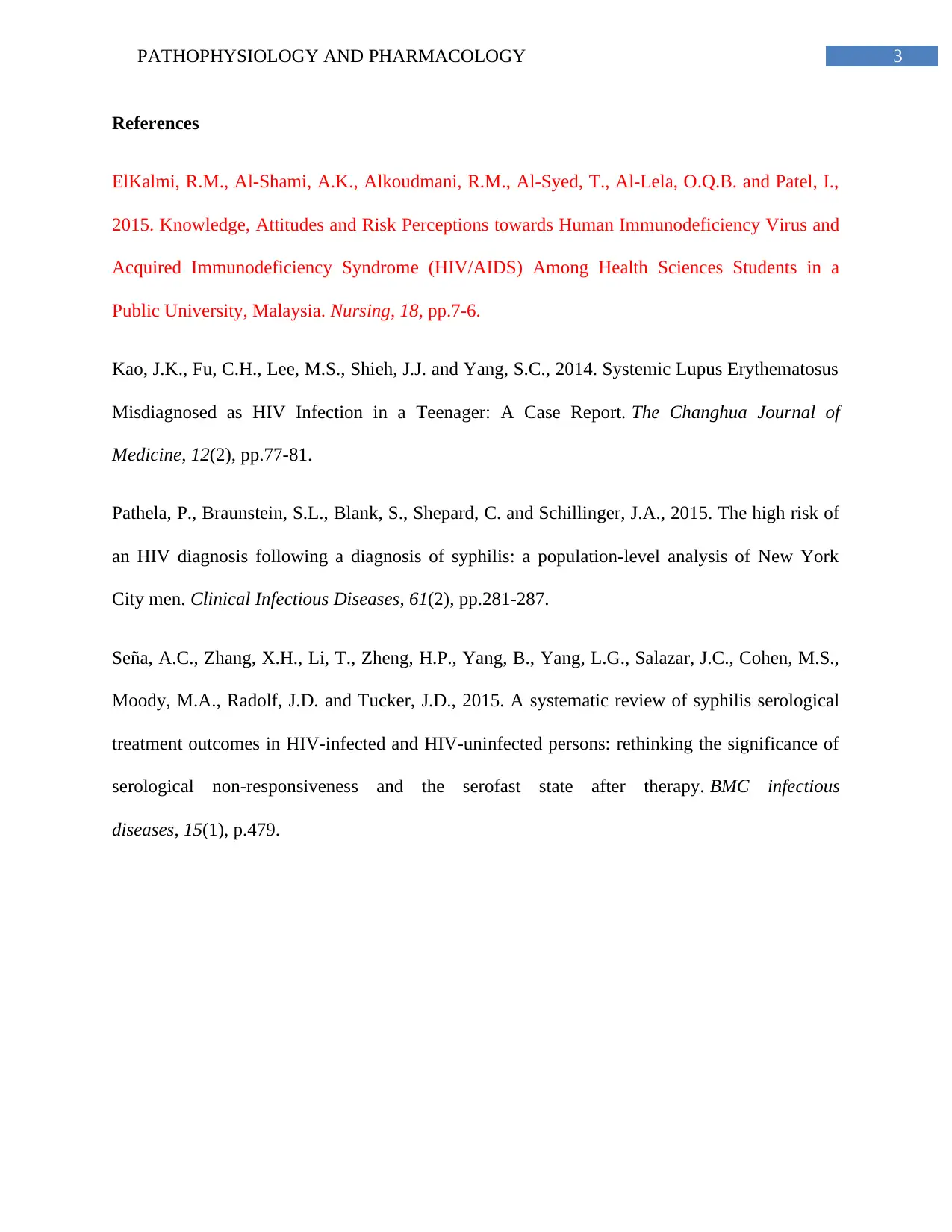Differential Diagnosis of HIV-like Diseases
VerifiedAdded on 2020/02/24
|4
|799
|234
AI Summary
This assignment delves into the differential diagnosis of three diseases often mistaken for HIV: AIDS, Syphilis, and Systemic Lupus Erythromatoses (SLE). It examines the similarities and differences in their symptoms, transmission routes, and diagnostic methods. The paper emphasizes the importance of understanding these distinctions for accurate diagnosis and effective treatment.
Contribute Materials
Your contribution can guide someone’s learning journey. Share your
documents today.
1 out of 4










![[object Object]](/_next/static/media/star-bottom.7253800d.svg)